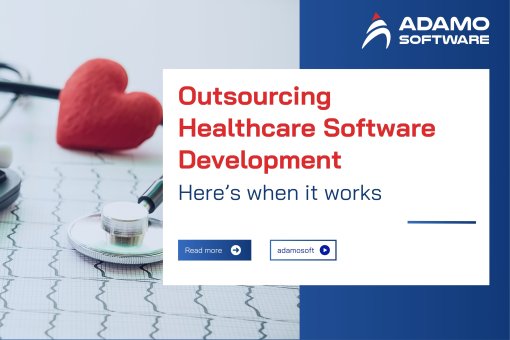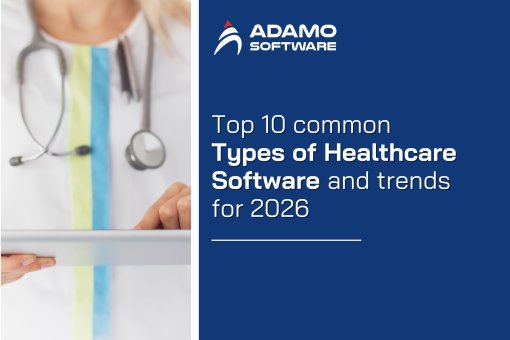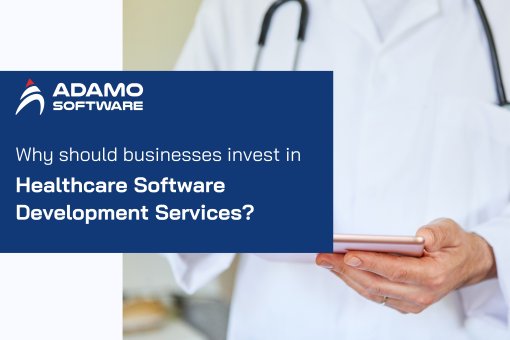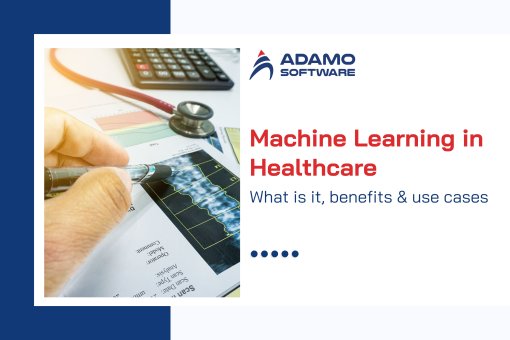Everything about EHR Integration: How it simplifies healthcare processes
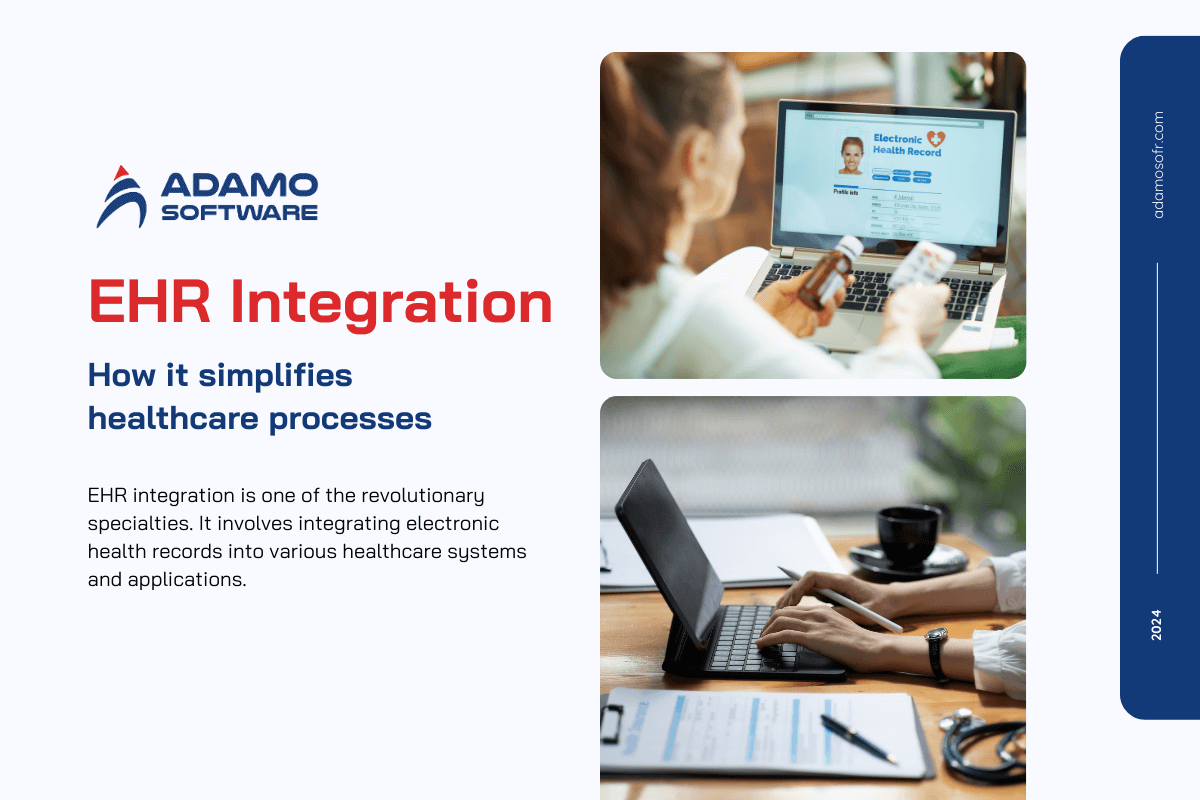
Innovation in medical practices is now essential in today’s fast-growing healthcare environment. EHR integration is one of the revolutionary specialties. It involves integrating electronic health records into various healthcare systems and applications. This combination is necessary for improving patient services, increasing organizational performance, and meeting legal requirements.
EHR integration also helps to uncomplicate the twisted knot of the health data. It makes data available for use by doctors. This allows healthcare practitioners to have a single and coherent view of a patient’s record. It provides cognitive support and improves the overall quality of patient care. EHR integration also lowers the risk of mistakes and increases cooperation between healthcare teams. This contributes to an overall improved patient experience.
In this article, we will discuss the definition of EHR, the problems it solves, and the benefits of EHR integration. We will also explore the challenges of the integration process and the best solutions for practice management. By the end, you shall achieve a coherent perspective of how and why EHR integration is an essential part of modern healthcare. You will see this simplification that enhances the quality of care.
I. What is EHR Integration?
EHR integration is integrating several healthcare systems and applications with an EHR system to enable the exchange of information. The integration empowers distinct stakeholders and divisions in healthcare to interact, communicate, and find up-to-date and relevant data about a patient’s condition and record if needed.
EHR integration facilitates the interoperability of various complicated healthcare processes. These healthcare processes include laboratory information systems, radiology systems, billing software, and other clinical systems. Thus, integrating EHR reorganizes data flow, minimizes errors, contributes to increased efficiency of patient care, and improves healthcare operations.
In today’s healthcare landscape that rests on the principles of evidence-based practice, EHR must be integrated to provide healthcare providers with up-to-date and relevant patient information. This also helps to achieve better patient outcomes and assists the healthcare organization comply with legal demands and functional effectiveness. EHR integration will ensure healthcare providers deliver more coordinated and personal care. This will be a win-win situation for both the provider and the consumers.
II. Which issues does EHR integration solve?
Implementing EHR systems solves several major problems of healthcare systems, enhancing patient data organization and usage.
Among the main issues it addresses is the disparity in patient information across the various systems. Patients’ records are transferred to EHRs to improve data sharing throughout healthcare facilities. The transference will also decrease the risk of delay in treatment, reinjury or retesting, and incorrect patient treatment decisions. Lack of EHR integration becomes a priority in organizations’ difficulties in getting an integrated picture of the patient.
The last problem that integration achieves is a lack of communication between different departments and healthcare workers. In the past, patients’ information was often stored in independent systems, hampering the exchange of information between providers.
EHR integration removes these communication barriers through real-time data exchange. It speeds up decision-making and ensures that all relevant information is accessible to the care team when needed. EHR integration also addresses the issue of data format variations. Due to diverse data formats, transferred information may be incompatible with the receiving healthcare system.
Finally, the integration of EHRs concerns the problem of compliance with the requirements of legislation. To this end, the health care regulators are tightening the measures governing the use of patient data. The data must be managed securely and in compliance with the laws. The EHR integration assists the protected exchange of information and records the flow of the interaction with patient data.
As a recap, EHR integration addresses problems in data duplication, lack of collaborative exchange, disparate formats, and compliance with legal codes. EHR integration contributes to the increase of the quality of treatment and services, the optimization of work processes, and the legal compliance of healthcare organizations.
III. Advantages of Integrated EHR for healthcare providers and patients

1. Comprehensive Patient Data Access
EHR integration allows the health information of a patient to be made available to the relevant healthcare givers at their fingertips. This can cover past diseases and treatments, present medications, and known diseases and sicknesses. The availability of such details makes it easy for the providers to make the right decisions. This ensures avoidable complications are done away with and patients’ lives are saved.
2. Streamlined workflows for providers
In the case of EHR integration, the burden is shifted from the provider’s side and is considerably minimized. The necessity of keying data repeatedly is also reduced. The possibility of replication of data is almost eradicated. This gives healthcare providers more time to take care of patients, increasing efficiency and freeing them from unnecessary burnout.
3. Enhanced Communication and Collaboration
Integrated EHR helps to improve the degree of cooperation in care teams. It gives access to a patient’s information as they progress through their treatment. Therefore, EHR integration ensures a common ground among all the doctors who may be attending to a particular patient. They all augment the degree of care and also the experience of the patient at the same time.
4. Empowered Patients
Patients benefit from EHR integration by gaining access to their records. This transparency helps the patient to be more participative in their treatment. Patients can also revisit their medical history and monitor their progress. This helps them increase their understanding of their conditions and treatment.
5. Improved Patient Safety
Security is crucial in medical services. It is one of the areas where EHRs serve as a shield for patients. Thus, EHR integration can reduce adverse events. It allows the end user to gain instant insights such as allergic reactions and drug transient effects. Also, it updates the patient’s record frequently if they are transferred to a different practice.
6. Compliance and Data Security
Another advantage of EHR integration is compliance with the legal requirement. Health informatics utilization integrates several systems of patient information for the healthcare organization. The integration ensures patient data security and legal compliance. This also ensures that the patient’s records are not published and that healthcare institutions do not incur fines for non-compliance.
EHR integrations provide landmark benefits both for the healthcare personnel and the patient. EHR is a tool for improving patients’ comprehensive data availability and decreasing redundant or ineffective workflows. EHR data integration also optimizes communication between teams, patients’ engagement, safety, and compliance. It is therefore a strong enabler of the quality and effectiveness of the healthcare process.
IV. Common EHR integration challenges and solutions

1. Data compatibility issues
One of the main challenges of EHR integration is the data compatibility issue. Various actors in the healthcare system employ different structures, formats, and standards of data and structures. This lack of compatibility can lead to overlapping patient information. Therefore, it slows down the process of delivering health care services.
- Solution
Healthcare organizations should choose standard data formats and interfaces like HL7 or FHIR. These standards allow this system to share data. They enable all the information concerning patients to be fortnightly across the systems. According to these standards, EHR integration becomes efficient and less difficult.
2. Data Security and Privacy Concerns
Another challenge in EHR integration is data security and the patient’s information privacy. Patient information is often part of the process and is very sensitive or personal. It can easily be accessed by third parties if the process is not well-guarded. Each opportunity for a break can result in a violation of the computer system, data misuse, or loss. These are serious legal and ethical consequences.
- Solution
It is thus useful to set up effective security mechanisms to address these issues. Advanced data encryption in transfer and storage is one such safe bet. There are focused measures to address the issue. One is to ensure that only the relevant people, such as the personnel handling the patient’s records, can access the data. Organizations should maintain patient information integrity and keep up to date with regulations that govern health facilities, such as HIPAA. You should also call for consistent security audits during the EHR integration process.
3. Integration with Legacy Systems
Most healthcare organizations are still employing out-of-date systems, and they are not compatible with current EHR solutions. These older applications can cause problems when carrying out the concept of a coherent and effective EHR system.
- Solution
One approach is middleware solutions or APIs that mediate between the older systems and the new EHR platforms. These tools help to transfer data and assist older systems in integrating with new software. Further, integrating phases means that systems are changed and updated in stages, reducing disturbance and insecurity.
4. User Resistance and Training Needs
One of the reasons that comes across frequently in EHR integration is user resistance. Some healthcare managers and staff used to previous technologies may resist adopting new ones. They might think it is difficult or consumes a lot of time. This resistance may hamper the right implementation of EHR systems if not well managed throughout training.
- Solution
There is a need to enroll in comprehensive training for the empowerment of the new system for the staff. The programs should convince recipients of the need to embrace EHR integration due to the perceived gains. Further help, prompts, and the possibility to seek assistance also make users more familiar with the system. This will make the process smoother.
5. High implementation costs
The cost of implementing EHR integration is sometimes high, especially for small healthcare providers. The money required to get new software, educate the employees, and maintain that new system is a challenge to absorb.
- Solution
When it comes to the practical implementation of the above models, there might be high implementation costs. To reduce the cost, organizations can consider the choice of cloud-based solutions for EHR. Such sites are easily scalable, involve lower creation costs, and have fewer maintenance costs. Moreover, focusing on subsidies from the government for EHRs will lessen the financial impact of incorporating them into the organizations’ budgets.
The problems highlighted above are not invincible. It is feasible to resolve them by treating them as key strategies: utilizing structure formats, increasing security levels, applying middleware plans, providing fundamental training, and developing affordable approaches. Thus, to unlock all these advantages of EHR integration, it is vital to overcome these hurdles.
V. 8 best EHR-integrated solutions for practice management
As a guide to help healthcare providers get the best of EHR integration, below is the list of eight EHR-integrated solutions for practice management. These platforms have features to improve productivity and patient outcomes and reduce administrative burden.
1. Epic Systems
Epic Systems is a widely used EHR solution reported to have strong integration features. It provides integrated tools for clinical and managerial functions across the care delivery process. With the EHR system integration options offered by Epic, providers can control the various aspects of record keeping, billing, and care delivery.
2. Cerner
Cerner is considered another market leader in EHR software. It performs well when integrated with numerous practice management platforms. Its efficient data analytics feature helps to monitor the patient’s results and adapt practice processes. Cerner has made sure that patient information is retrieved from the EHR. It makes any decision-making easier, with a focus on improving the quality of the care to be offered to the patient.
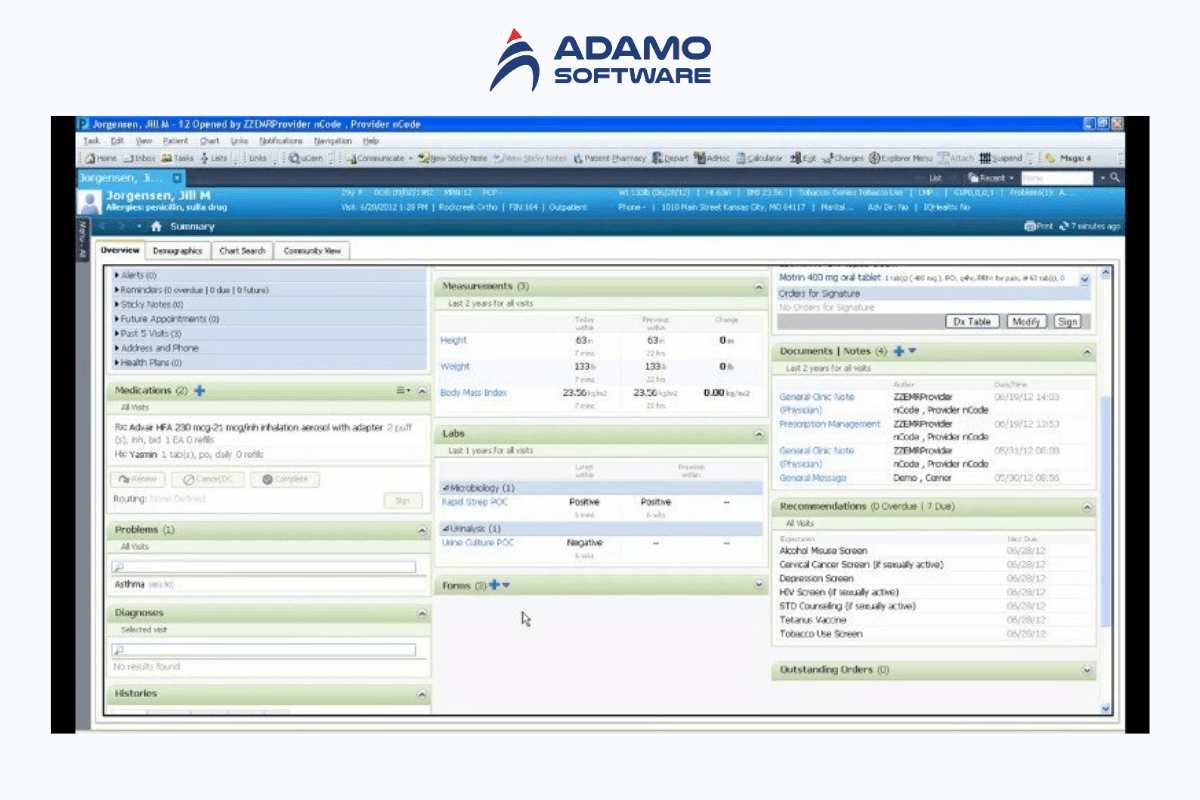
3. Allscripts
Allscripts has a scalable EHR that can easily interoperate with other healthcare IT systems, depending on requirements. It transmits all patient records and practice management solutions into the cloud. This ensures the software is easily usable from any place. The EHR integration feature of Allscripts is the integration of administrative burdens and the general efficacy of assorted healthcare practices.
4. NextGen Healthcare
NextGen Healthcare offers EHR products for small and medium clinics and offices. Its EHR integration includes appointment scheduling, billing, and patient engagement. With NextGen, physicians and healthcare providers can work efficiently. They do not have to worry about paperwork that takes up much of their time.
5. eClinicalWorks
eClinicalWorks is a unique EHR solution with multiple practice management software. Telehealth and patient engagement options are two of the many features. eClinicalWorks is easy to use. Its features can be helpful for healthcare providers looking to benefit from EHR integration in their practice.
6. athenahealth
Athenahealth has a cloud-based EHR solution that focuses on usability and interoperability. It offers its clients several practice management solutions, such as revenue cycle management and patient communication solutions. EHR integration can help healthcare providers to support their work and satisfy the patient.
7. Greenway Health
Greenway Health has an EHR system integrated with a management practice suite. Its intended specialty is ambulatory care practices. It includes tools for managing populations and engaging with patients. It is important to have the EHR integrated. Greenway provides an integrated practice management solution to manage all aspects of medical practice.
8. Kareo
One of the things that stands out with Kareo is that it has an easy-to-use EHR solution for small practices. Billing, patient scheduling, and telehealth are a few more utilities incorporated into the system. Kareo’s integrated package assists healthcare providers in running their practice more efficiently. Therefore, healthcare providers can provide the best possible care to patients.
These eight solutions integrated with EHR are intended to help simplify practice and improve the providers’ workflow. EHR integration has many benefits, especially for practices. The operations of a practice can be made smooth, patient outcomes can be enhanced, and the practice can be fine-tuned.
Also read: A definitive guide on developing EHR integration software (2024 updated)
VI. Adamo – Healthcare IT You Can Trust for EHR Data Integration
When it comes to EHR integration, choosing the right partner is key to successful and effective work in healthcare. Targeting the healthcare industry is something that Adamo Software has been successfully doing. A closer look at the services ranges from healthcare-specific hardware supply to full-scale integrated solutions. Adamo is your solution integrator, focusing on quality and innovation to ensure you a successful EHR integration.

Why Choose Adamo for EHR Integration?
Adamo Software is a unique company in healthcare software development, guaranteeing tailored services. The company knows the challenges involved in EHR integration. We provide services that meet these challenges. Through a partnership with Adamo, healthcare providers can achieve accurate data interconnectivity that would improve the quality of care. At the same time, it eliminates most of the productivity challenges experienced in administrative departments.
Key Features of Adamo’s EHR Integration Services
- Custom Solutions: Adamo has unique EHR integration solutions for your practice. Whether you wish to interface Adamo with other platforms or create new capabilities, it is done in a way that complements your business processes.
- Compliance and Security: HIPAA is an example of the many healthcare regulations to which Adamo attaches great importance. We provide intended EHR integration services. They protect patient data and other processes from components that do not conform to global best practices.
- Scalable and Flexible: According to the size and the needs of practice, the technology requirement also changes. The capabilities of the integration solution developed by Adamo are versatile. It can also be simply adjusted to the new demands or novelties in the sphere of EHR. This ensures your systems remain relevant in a way that they can satisfy increased traffic or volume.
Adamo’s Commitment to Excellence
Adamo Software prides itself on providing the best and highest value of EHR integration by following strict procedures. The professional team who works at the company would always engage with healthcare providers. We seek to understand your issues. Then we fashioned out ways through which patient care could be enhanced and the healthcare delivery system streamlined. This proves that Adamo is a certified healthcare IT staffing agency. And that we have been delivering successful projects recently.
Adamo Software has made available all the experience, creativity, and commitment required for a successful integration. Hear from our customers on how they have benefited from using Adamo in improving the practice, patient care, and handling threats of healthcare IT solutions.






